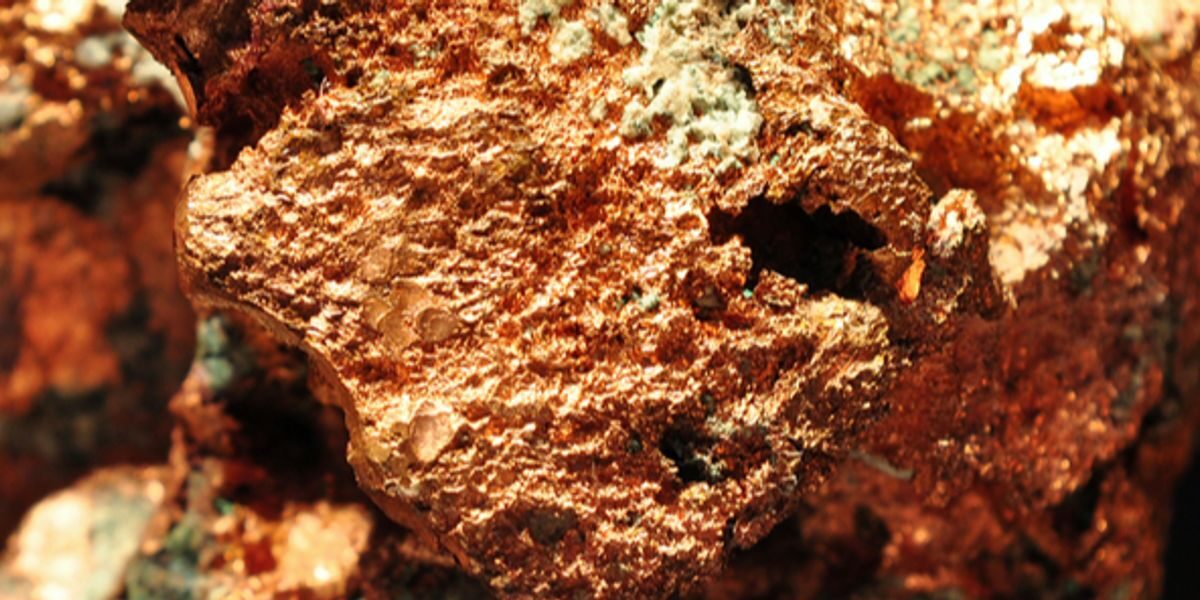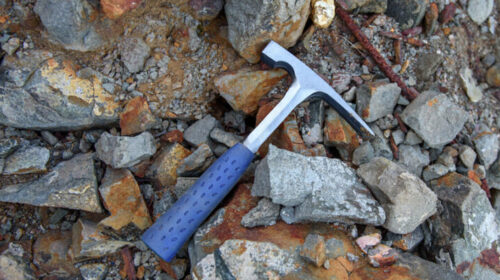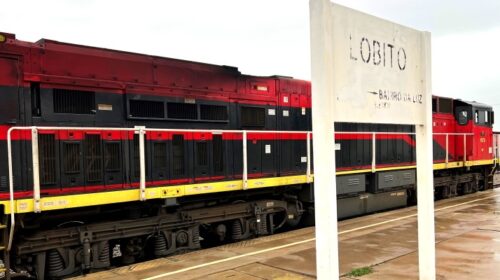Galileo reports positive exploration progress at its Luansobe copper project
Aim-listed Galileo Resources has announced positive exploration progress at its Luansobe copper project, in Zambia. The project is situated on the Zambian copper belt, where Galileo holds a 75% interest in a small-scale exploration licence.
So far, portable X-ray fluorescence (pXRF) spectroscopy testing of the historic drill core, which was subject to full assay checking, has provisionally identified an upper mineralised zone of moderate copper grade, with some higher-grade intervals, in several holes, extending up to 36 m in thickness.
“We are receiving very satisfactory results from our work on historic drill core at the Kalulushi core shed, with positive results to date. Of most encouragement is that there exists a shale unit which appears to be copper-bearing and, in places, of significant thickness.
“The preliminary pXRF analysis suggests significant individual copper grade values, subject to full laboratory assay testing,” Galileo CEO and chairperson Colin Bird said on May 17.
The company said the newly discovered mineralisation had the potential to add incremental value to an openpit mining operation.
Galileo added that it had gained access to historic drill core from the Luansobe project area dating from the 1950s and 1960s, which was in remarkably good condition.
“The fact that we can access this old core is extremely cost and time effective, reducing the amount of new drilling that will be required. The significance of this logging is that it will migrate into our short-term openpit planning, as well as our drilling programme for a larger resource at Luansobe,” Bird said.
Further, cores from 21 priority holes have been located and are being relogged, checked by pXRF for approximate copper content, focusing on zones that may not have been recognised as copper-bearing in the past.
In addition, previously unsampled zones of particular interest are being cut and sampled for follow-up assay.
Galileo said 58 cut core samples from two holes had been collected to date for laboratory assay to confirm the provisional pXRF results, while further sampling was planned.
At the project site, historic drill collars have been relocated, the company said, which would assist with siting of future twin holes and infill or extension drilling.
“We continue to aim for definition of an openpit resource by the end of the third quarter, with the added advantage that the newly indicated mineralisation is relatively close to surface and can increase the resource tonnage,” Bird said.
The Luansobe area is situated about 15 km to the northwest of the Mufulira copper mine on the Zambian copperbelt. Luansobe forms part of the north-western limb of the northwest-southeast trending Mufulira syncline and is essentially a strike continuation of Mufulira, with copper mineralisation hosted in the same stratigraphic horizons, Galileo said.
At the Luansobe prospect, mineralisation occurs over two contiguous zones, dipping at between 20° and 30° to the northeast, over a strike length of about 3 km and to a vertical depth of at least 1.25 m.
The top 30 m from surface was reported to be leached with oxide mineralisation occurring below this depth to about 70 m below surface.
Beyond this depth, copper generally occurs as sulphides. The deposit was reported to be open and relatively untested at depth. About 30% of the total contained copper occurs in acid soluble form as copper oxide, which is expected to be higher in the shallower parts of the deposit.
119 total views , 1 views today





